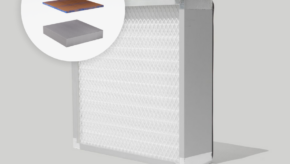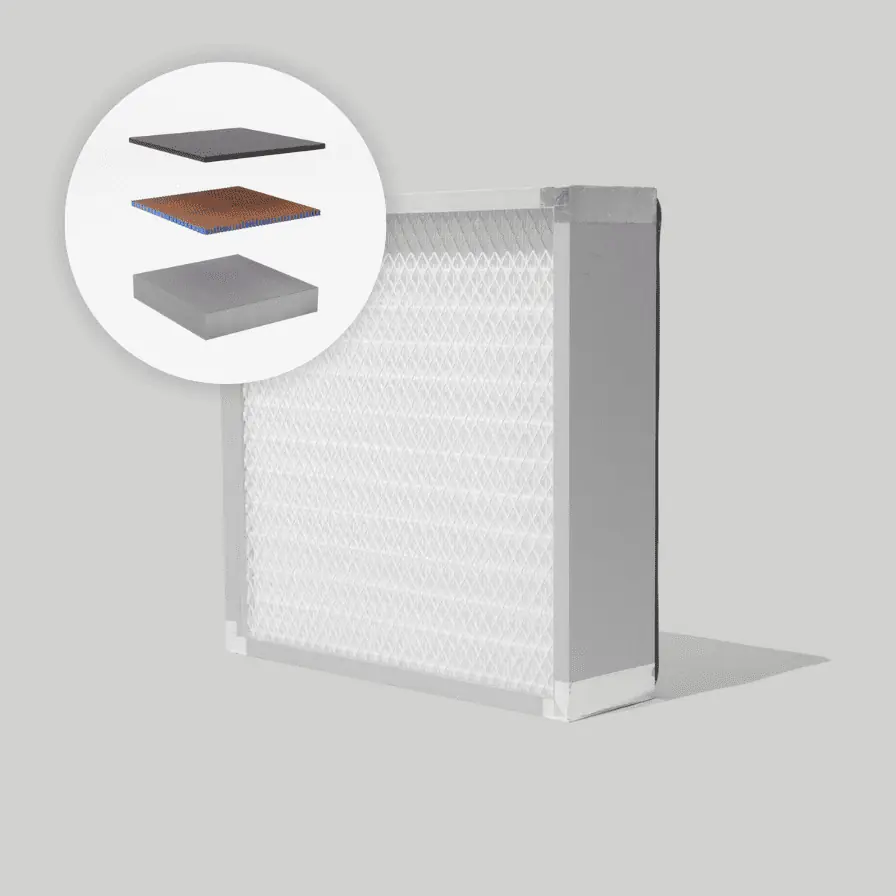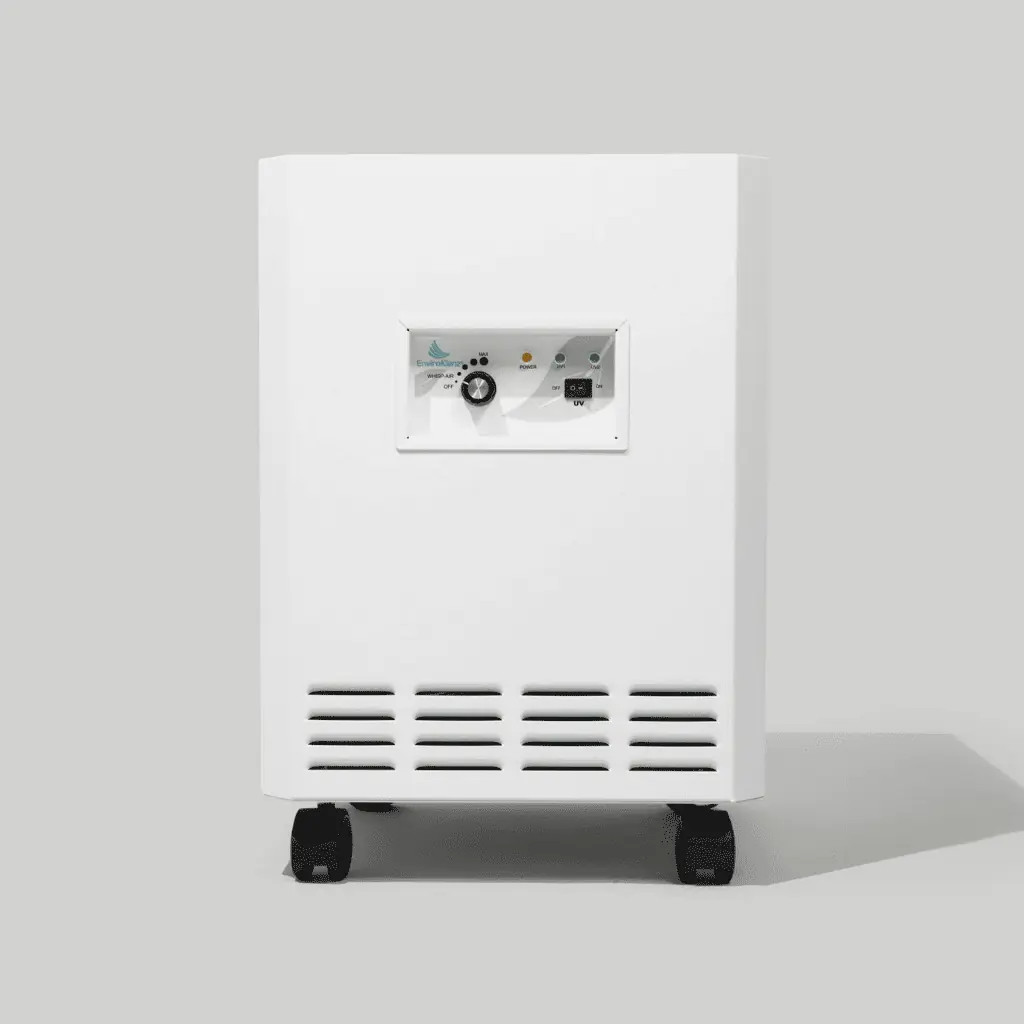The construction of a home takes a lot of time and an excess of work and materials to complete. From new cabinets, to new flooring, a fresh coat of paint, and even some new furniture to liven the room up and turn it into your dream home – the newness of the home and the items inside the space will surely be noticeable as you walk into the newly renovated property.
Building materials and newly installed items inside a home will commence the beginning of a chemical intrusion inside your home – as the flood gates will burst open and release different toxins into your home that are released from the manufactured building materials that now make-up your home. The number of building materials that are manufactured with the use of chemicals within its composition is alarming and something that must be taken into consideration when construction and renovations are done to your personal indoor environment.
In this article we are going to discuss the hidden dangers that lurk behind new house smell and what you can do to mitigate the potentially hazardous chemicals that are found within the building materials of your home.
Chemical Smell in House from Construction: What’s Behind the Smell?
We are all familiar with the smell that plagues the air from new items that we instinctually label as ‘new smell’ in our heads – like the popular smell of a new car that is widely recognizable to everyone. This smell can also be found within a newly constructed/renovated home that has added new building materials such as wood, flooring, paint, and other items used in construction that have high levels of VOCs present within its composition.
Many household products that are found inside our homes contain dangerous volatile organic compounds (VOCs) like acetone, formaldehyde, and butanol that can contribute to adverse impacts on the quality of your indoor air – and when you add building materials from construction to the mix you could be dealing with dangerously high levels of VOCs within your air. These chemicals that are found in building materials used during construction will release these potentially hazardous chemicals into the air that will produce an odor that is similar to the ‘new smell’ that we have branded in our minds. The reality though is that the new smell is just a composition of toxic chemicals that are creating this odor in the environment – and that could be potentially harming human health.
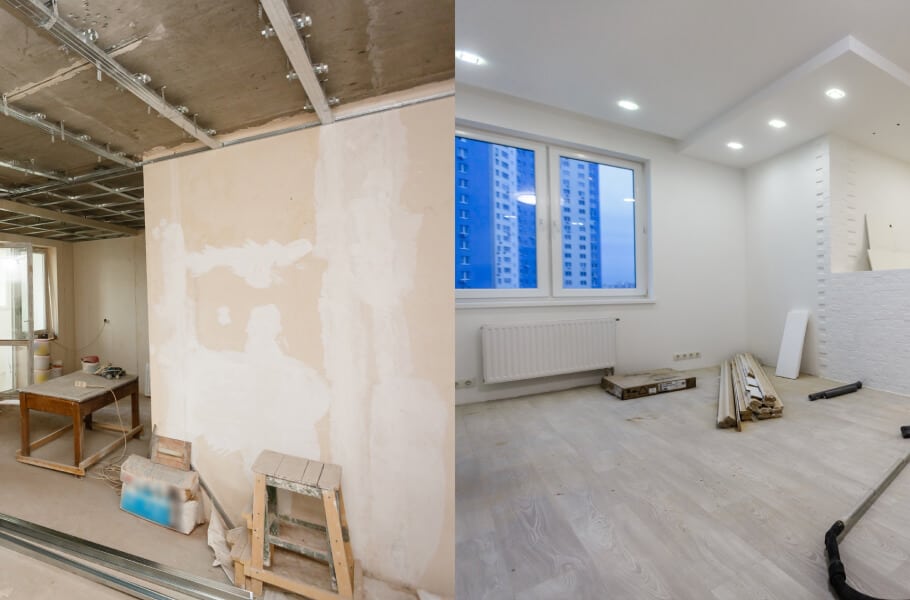
What are VOCs?
Volatile Organic Compounds (VOCs) are compounds found in either solid or liquid form that will become emitted into the air as a gas that can be potentially hazardous to human health. Organic chemicals are widely found in many household products that are used inside your indoor air space. There are numerous different VOCs that can be found in the environment that are used in the manufacturing of products – some of these chemicals can be more hazardous than others. The health effects that can be elicited from these chemicals can range from short- and long-term adverse health effects – this will depend on the chemicals that are present in the air, how long you were exposed to the chemicals, and the quantity of the chemical(s) present in your environment.
The most common VOCs that are present within building materials includes the following:
- Formaldehyde: A chemical that is present within pressed woods, plywood, and fiberboard will be emitted into the air from products that contain this material such as furniture, paneling, and flooring.
- Acetaldehyde: Is used to make polyester resins and basic dyes used in building materials. This chemical will be found in laminates, cork, foam mattresses, linoleum, and other products.
- Phenol: Chemical that is used in different materials to cover walls and vinyl flooring.
Off Gassing Symptoms
When chemicals are released into an indoor space such as your home this is due to a process that is commonly referred to as off-gassing. Off gassing is the process where particulates and chemicals are released into the air such as VOCs found in products within the home including newly laid flooring, new wood, paint, and furniture that is introduced into the environment. During the manufacturing process companies will utilize different materials like adhesives and glues to construct the product, and although these components are important it is also the source of chemicals from these items in your home. As the VOC chemicals are regulated to the room temperature they will turn into a gas and be released into the air conducting the off-gassing process.
The symptoms that will appear in humans during the off-gassing process will include the following signs:
- Eye, nose, and throat irritation
- Headaches
- Allergic skin reaction
- Dyspnea
- Nausea
- Fatigue
- Dizziness
- And conjunctival irritation
Sources of VOCs in New Home
As we discussed earlier, there are a number of different items within a home that will produce potentially hazardous VOCs into the air – such as household cleaning supplies, candles, and even cooking. However, when you pile on added chemical sources into your home from new construction on top of the already preexisting sources of VOCs in the home you could be in for a dangerous situation. The major sources of VOCs in a new home will include from new wood, new carpeting, paint, and new furniture in the home.
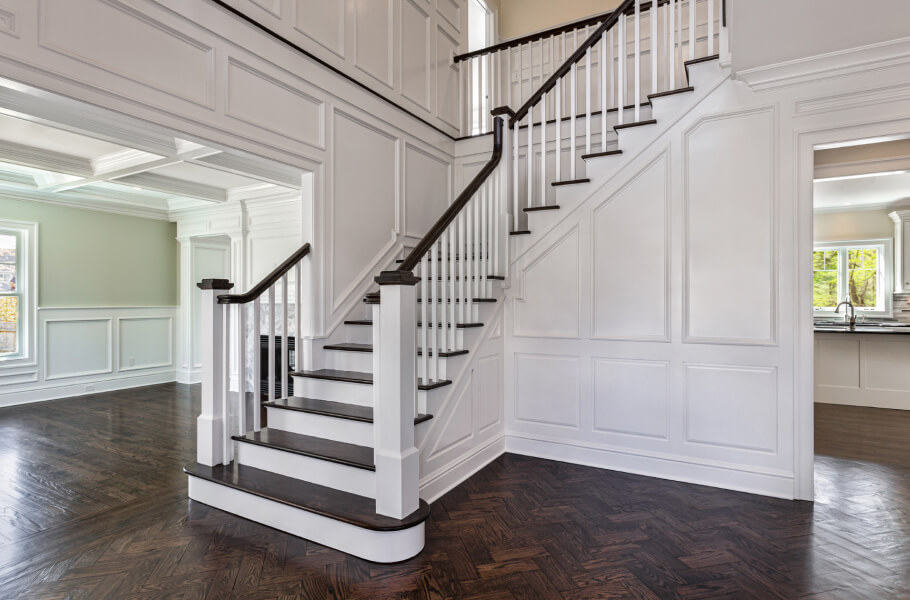
New Wood Smell
Wood products that are used during construction and renovations will typically contain a hazardous VOC, formaldehyde that is known to be a highly irritating chemical for the eyes and respiratory system. Formaldehyde is a categorized human carcinogen that can significantly impact human health upon exposure. This chemical can be released from particle board or plywood that have a higher concentration of the substances due to their porous material that leads to less drastic emissions from solid wood products in furniture. The overall off gassing process of new wood can be a very lengthy process – as it takes months and even a year to completely eliminate from the item.
VOC Paint Chemicals
A fresh new coat of paint can bring with it more than just a new color to your wall but also leave your room or environment with a collection of hazardous chemicals within the air. Paint releases VOCs at a very fast rate and thus the off-gassing process will commence almost immediately after painting occurs and continue for weeks and months on end depending on the environmental conditions. There are a variety of different paint options available to consumers from acrylic, water-based, and even low VOC paints that promise fewer levels of chemicals in their construction – and depending on which paint you use the amount of chemicals released into the air and the duration of off gassing will vary.
New Carpet Smell
The installation of new carpeting inside your home will lead to a strong odor that will be produced into the air from the carpeting. Like the other building materials used in a newly constructed home, new carpeting will release chemicals known as VOCs into the air that can taint the environment and the air quality in this personal indoor space. Carpeting, in comparison to other building materials, has one of the lowest emissions of any household material – but this can also lead to slower off gassing process that can last for a long duration after installation. The VOCs in carpeting can be found in the padding and adhesives that are used in carpeting, these components will produce high emissions of VOCs into the air and is one of the main sources of VOC emission inside a newly constructed home.
New Furniture Smell
After you purchase new furniture to place inside your home, this new items inside your home can release a strong smell into the environment that will travel throughout the air of your personal indoor space. Furniture is composed of a variety of different materials such as pressed/composite woods, upholstery, adhesives, and padding that can all be manufactured with the use of different chemicals like VOCs and flame retardants.
Major components of furniture that contain toxic chemicals includes polyurethane foam cushioning, synthetic fabric covering, and fabric finishes that resist stains, water, and flames. These chemicals when introduced into an indoor environment will turn into a gas and begin to off-gas into the air and taint air quality and/or effect human health upon exposure.
How to Remove Construction Odors & Chemicals from the Air
The ramifications that are left after you conduct construction and renovations inside your home can lead to compromised air quality within this space, a strong presence of chemical odors in the air, and will potentially evolve into hazardous conditions that human health is exposed to that can wreak havoc on the health of those in this personal indoor space. When new building materials enter into your home and begin to off gas chemicals into the air it will create a powerful odor that will be a strong indicator that something is not right in your environment and that there is an invader in the atmosphere that should not be around you. When your home is going through the off-gassing process it will become very volatile inside your home and the chemicals will invade your home’s air – when this happens you will need to protect both your health and your family’s health while in this space.
An air purifier is a device that is designed to filter the air of contaminants and toxins that become airborne within a personal indoor environment. These devices will be of great assistance in a home, particularly one that has recently undergone renovation and construction inside the home. Many air purifiers utilize different technologies that work to fight against certain airborne containments such as particulates, allergens, chemicals, and noxious odors in the air. When you are dealing with construction odors and chemicals in your air you will need something that works against almost all contaminants that are found in the air.
The EnviroKlenz Air Purifier is a highly efficient air purifier that works across the board for a multitude of different airborne containments, specifically contaminants that are released into the air from construction and renovation projects. EnviroKlenz utilizes a patented earth mineral technology that is able to effectively interact with chemicals (VOCs) and noxious odors in the air and neutralize/break down these contaminants upon contact – without the fear of re-releasing the chemicals back into the air over time like other air purifier technologies. The EnviroKlenz Air Purifier also contains a second filtration stage that uses a hospital-grade HEPA filter to remove fine particulate matter larger than 0.3 microns in size at a 99.97 percent efficiency rate.
Overall, this air purifier and the technology it uses will help to neutralize and break down the chemicals released from building materials and help to drastically improve the quality of your home’s personal indoor air.
EnviroKlenz® Medical Disclaimer:
“Any information that is provided on this website is not for the use by any commercial or personal entity without expressed written consent of the blog author. The material and statements illustrated within this blog are not intended to diagnose, treat, cure, or prevent any diseases or medical conditions. Nor does the author in any way guarantee or validate the validity, totality, or efficacy of any claims and will therefore not be held responsible for the content of any claims. Always consult your medical physician for any specific medical advice or recommendations.”

